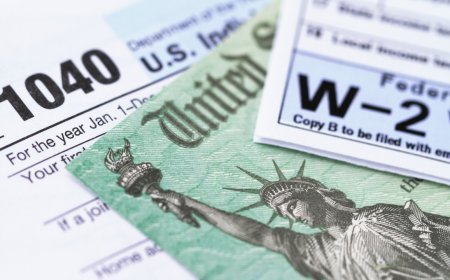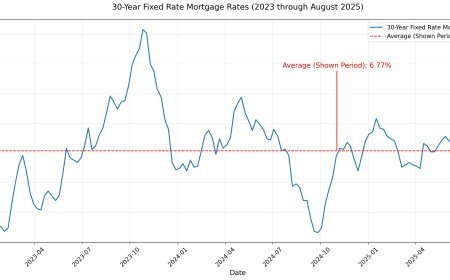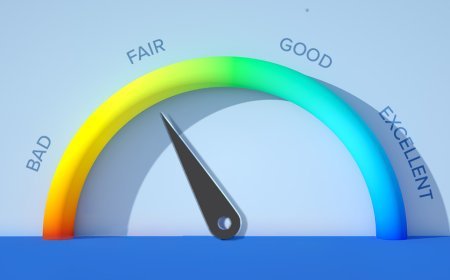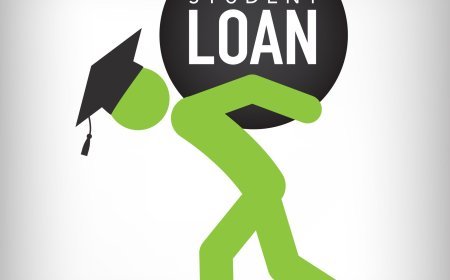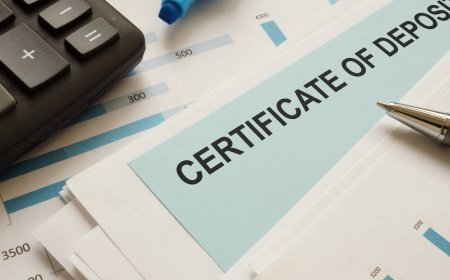How to Qualify for a Mortgage with Less-Than-Perfect Credit

Qualifying for a mortgage with imperfect credit is daunting but entirely achievable with strategic planning and the right loan programs. By understanding your options, strengthening your financial profile, and leveraging specialized resources, you can unlock the door to homeownership, even if your credit score falls below the ideal range. With persistence and informed decisions, the dream of owning a home is within reach.
Understanding Credit Score Requirements
Credit score requirements vary widely across mortgage programs, reflecting their differing risk tolerances. Conventional loans, backed by private lenders, typically demand a minimum score of 620, though some lenders may accept scores as low as 580 if accompanied by strong compensating factors like a sizable down payment or stable income. Federal Housing Administration (FHA) loans are far more accommodating, allowing scores as low as 580 with a modest 3.5% down payment, or 500–579 with a 10% down payment. Veterans Affairs (VA) and U.S. Department of Agriculture (USDA) loans, designed for specific groups, lack official minimums but often require scores of 580 or higher due to lender preferences. Knowing these thresholds helps you target the right loan for your situation.
The Power of FHA Loans
FHA loans stand out as the most accessible option for borrowers with credit challenges. Backed by the federal government, these mortgages are designed to promote homeownership among those who might not qualify for conventional loans. They permit lower credit scores, smaller down payments, and higher debt-to-income (DTI) ratios—up to 43% or even 50% with compensating factors—compared to conventional loans’ stricter 36% DTI cap. While FHA loans require mortgage insurance premiums (MIP), including an upfront fee (1.75% of the loan amount) and annual premiums (0.15–0.75%), their flexibility often outweighs these costs for borrowers with limited options. FHA loans also allow gift funds for down payments, further easing barriers.
Leveraging Compensating Factors
When your credit score is less than stellar, compensating factors can strengthen your application by reassuring lenders of your ability to repay. A substantial down payment—10% or more—signals financial discipline and reduces the lender’s risk. A stable employment history, ideally two years with the same employer or in the same field, demonstrates income reliability. Significant savings reserves, such as six months’ worth of mortgage payments, provide a safety net, boosting lender confidence. A low DTI ratio, ideally below 36%, shows that your debt obligations won’t overwhelm your income. Highlighting these strengths can offset a lower credit score and improve approval odds.
Improving Your Credit Score
Before applying, take proactive steps to boost your credit score. Pay down high-interest debts, particularly credit cards, to lower your credit utilization ratio (ideally below 30%). Make all payments—credit cards, utilities, and loans—on time for at least 12 months, as recent payment history heavily influences scores. Review your credit reports from Equifax, Experian, and TransUnion for errors, such as incorrect late payments or unrecognized accounts, and dispute inaccuracies through the bureaus’ online portals. Avoid opening new credit lines or making large purchases before applying, as these can lower your score or raise red flags with lenders.
Using Non-Traditional Credit
For those with thin credit files—limited or no traditional credit history—non-traditional credit documentation can be a game-changer. Some lenders accept consistent payment records for rent, utilities, insurance, or even gym memberships as evidence of creditworthiness. For example, 12 months of on-time rent payments, verified by canceled checks or landlord references, can demonstrate financial responsibility. This approach benefits cash-based individuals or those who avoid credit cards but maintain steady payment habits. Work with lenders who specialize in such programs to ensure your application reflects your true financial reliability.
Saving for a Larger Down Payment
A larger down payment strengthens your application and may secure better loan terms. While FHA loans require only 3.5% down, saving 10–20% showcases financial stability, reduces monthly payments, and may lower interest rates. Explore state or local down payment assistance programs, often available for first-time buyers or low-to-moderate-income households. These may offer grants, forgivable loans, or low-interest second mortgages. For example, programs like California’s CalHFA or Florida’s HFA Preferred provide thousands in assistance, easing the upfront burden for qualified applicants.
Partnering with Mortgage Experts
Experienced mortgage brokers or loan officers who specialize in credit-challenged borrowers can be invaluable allies. These professionals know which lenders offer flexible terms and can tailor your application to highlight strengths, such as stable income or reserves, while downplaying weaknesses. They may connect you with portfolio lenders, who hold loans in-house rather than selling them, allowing more lenient underwriting. A skilled broker can also navigate niche programs, such as those for self-employed borrowers or those with recent credit setbacks, increasing your chances of approval.
Exploring Manual Underwriting
If automated underwriting systems reject your application due to low scores or unconventional finances, request manual underwriting. This process involves a human underwriter reviewing your entire financial picture—employment, savings, payment history—rather than relying solely on algorithms. Manual underwriting is common with FHA, VA, and USDA loans and can approve borrowers who don’t fit standard criteria but demonstrate repayment ability. Provide detailed documentation, such as bank statements or proof of consistent rent payments, to build a compelling case.
Timing Your Application
Timing is critical when applying with credit challenges. Apply after improving your credit but before actions that could harm your score, such as new credit inquiries. Limit rate shopping to a 14–45-day window, as multiple mortgage inquiries within this period typically count as one, minimizing score impact. Avoid major financial changes, like switching jobs or taking on new debt, during the application process, as these can raise lender concerns.
Navigating Higher Costs
Lower credit scores often mean higher interest rates, sometimes 1–2% above rates for excellent credit, significantly increasing monthly payments. For a $200,000 loan, a 1% rate hike adds roughly $120 monthly. FHA loans’ mortgage insurance premiums also raise costs. Compare loan estimates from multiple lenders, focusing on total costs—interest, fees, and insurance—rather than rates alone. Once your credit improves and you build a solid payment history, refinancing to a lower rate can reduce costs.
Alternative Paths to Homeownership
If traditional mortgages remain out of reach, explore rent-to-own or lease-purchase agreements. These allow you to live in the home while building equity and improving credit, with an option to purchase later. However, these contracts can be complex, with risks like non-refunded payments if the deal falls through. Consult a real estate attorney to review terms. Additionally, check for employer, union, or community programs offering down payment assistance or credit counseling, which can bridge gaps in your application.
Staying Realistic
Be honest about affordability. Lower credit scores often signal financial strain, so ensure mortgage payments fit your budget, accounting for taxes, insurance, maintenance, and repairs. Use online calculators to estimate total homeownership costs and aim for a DTI ratio below 36%. Choosing a modestly priced home prevents overextension, preserving financial stability.
Conclusion
Qualifying for a mortgage with less-than-perfect credit requires strategy, patience, and the right resources. By leveraging flexible loan programs like FHA, improving your credit, and working with experienced professionals, you can overcome credit challenges and achieve homeownership. With careful planning and realistic expectations, your path to owning a home becomes not just possible, but probable.
What's Your Reaction?
 Like
0
Like
0
 Dislike
0
Dislike
0
 Love
0
Love
0
 Funny
0
Funny
0
 Angry
0
Angry
0
 Sad
0
Sad
0
 Wow
0
Wow
0



